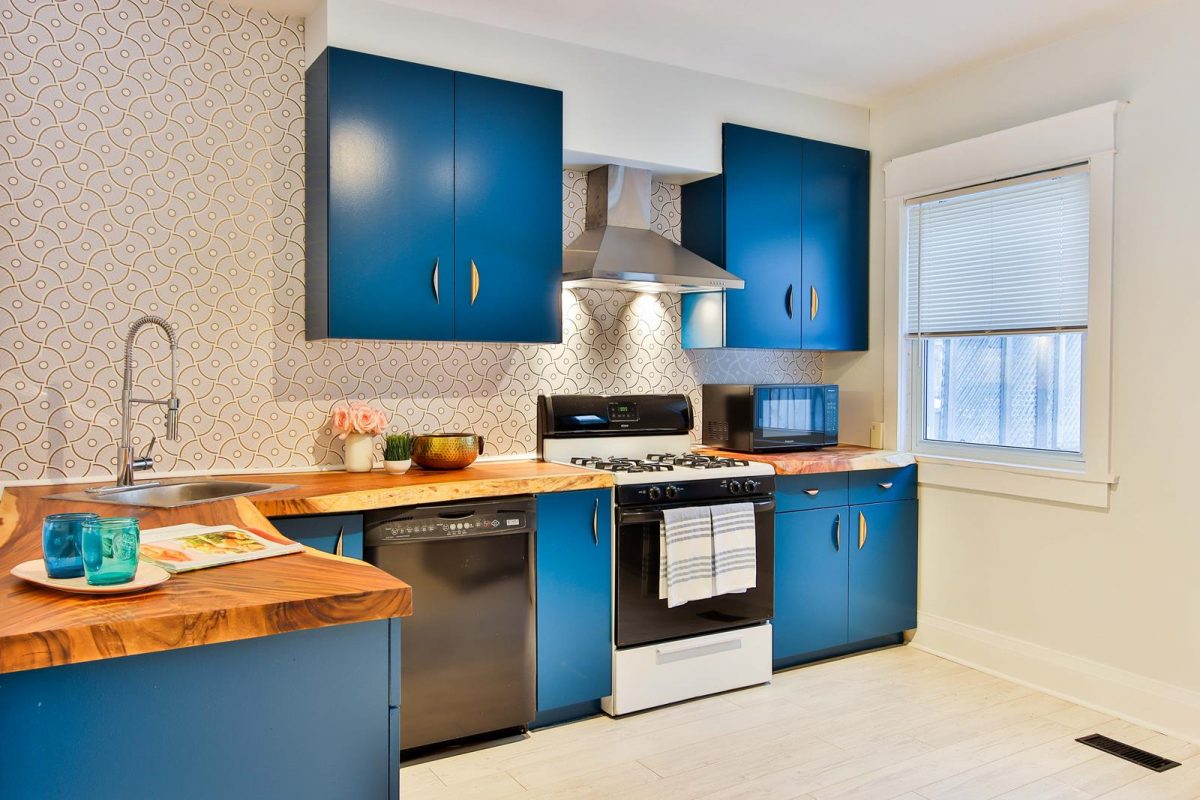Early Modern Furniture – From the Fifteenth Century to Today
From the 1400s onward, craftsmanship, style, and way of life changed, and early modern furniture shows how things changed during an amazing time in design history. This era came out of the shadows of the Middle Ages and brought a new way of thinking about furniture design that put comfort, creativity, and invention first. During this time, liberal ideas, science progress, and travel around the world all shaped people’s lives and, by extension, their homes. The controlled beauty of the Enlightenment, the perfect correctness of the Renaissance, and finally the bold simplicity of modernism gave people new ideas every century. This piece looks at the changes in style and function of early modern furniture from the 1400s to the present day. By doing this, it shows how these changes have affected modern spaces and design ideas.
The Renaissance: Furniture as Art and Identity
In the 1400s, Renaissance furniture was very different from the heavy, practical furniture of the Middle Ages. Furniture became a way of identifying with others and expressing oneself after being influenced by old times and the growth of the arts. Artists became interested in balance, alignment, and careful decoration after seeing Roman and Greek buildings. Not only were the tables, cabinets, and chairs beautiful to look at, but they were also perfectly carved with religious themes, allegorical images, and scenes from mythology. Rich people bought furniture as part of bigger investments in making their homes look fancy, which showed their cultural taste and social standing.
This change also brought a more humane view of the person into focus. As homes become more private and unique, the furniture has changed to make room for reading, writing, and relaxing. The cassone, a highly painted box that was often given as a wedding gift and decorated with meaningful art, became an important part of the family. Craftsmen were seen as artists in their own right during this time, and their work had a big impact on the culture and ideas of the time. In this way, Renaissance furniture set the stage for the mix of functionality and creativity that still shapes design today.
Baroque to Rococo: Grandeur, Drama, and Domestic Luxury
The Baroque era, which began in the 1600s, was marked by dramatic flair and a theatrical style. Furniture got even fancier as it got golden finishes, columns that twist, and rich woods. Designers were influenced by the grandeur of royal courts, especially the court of Louis XIV in France, and made pieces that were strong, dramatic, and had religious meaning. Cabinets often had strong differences between the foreign woods and the ivory or mother-of-pearl that was carved on them. Chairs, on the other hand, had high backs and molded shapes. This furniture was made to impress and would be the center of attention in palatial and high-class homes.
Looking at things in the Rococo way in the 1600s gave them a kinder, more fun feel. The furniture started to look smaller and less serious, especially in lounges and wealthy homes in Paris. Asymmetrical curves, flowery designs, and soft colors made people feel close and elegant. The furniture of this time put comfort as well as style first, with creations like padded fauteuils and writing desks catered to the refined tastes of the upper class. Changing tastes and a greater emphasis on pleasure, personal polish, and social contact were both shown by Rococo furniture. This led to a more relaxed and open home life.
The Enlightenment and Early Industrial Age
As the Enlightenment spread across Europe in the late 1700s, its emphasis on reason, simplicity, and order began to have an effect on the way things looked. It was common for furniture from this time to have simple shapes, harmonic ratios, and traditional modesty. The Neoclassical style grew out of the artifacts found at Pompeii and Herculaneum. The intelligent and political views of the time were mirrored in chairs and tables that had straight legs, few decorations, and geometric designs.
At the same time that industrialization began in the 1800s, the way furniture was made began to change. Machine-assisted production slowly replaced, at least some, things that were made by hand. This and other factors led to more uniformity, lower prices, and easier entry for a wider range of people. As their number and power grew quickly, middle-class families started showing off house styles that had been only seen on lords’ homes before. This opened up design to more people, which led to a lot of new artistic experiments and a lot of mixed designs and regional versions that showed both local traditions and influences from around the world. Some critics were sad that handmade purity was being lost, while others were happy that mass reach and invention were becoming more possible.
Modernism and the Birth of Contemporary Design
The modernist movement brought a new way of thinking based on simplicity, usefulness, and technological progress. This made the 20th century very different from the previous era of decoration. As a result of the Bauhaus school and early 20th-century designers, furniture began to use simple forms and materials, and designers began to believe that design should put the customer first. Designers can rethink form and structure with the help of new synthetic materials, glass, plastic plywood, and steel.
Furniture from this time, like chairs by Eames, Corbusier, and Mies van der Rohe, is still admired and copied today. It all began here. In line with a trend toward realism and innovation in society as a whole, these pieces put an emphasis on comfort through simplicity and efficiency. Modern furniture was admired for its shape and function, not for its decorations. It also showed how the world was changing—more urban, more mobile, and more connected around the world. Modern design is still influenced by modernism. It builds on ideas that were first put forward in the early modern age while balancing comfort, technology, and environment. Harmony, beauty, and usefulness are still very important in furniture today, even though it may look very different from furniture from the Renaissance.
Conclusion
Early modern furniture, which was made during hundreds of years of huge changes in society, art, and technology, is more than just a history of style. It’s also a window into how people’s lives have changed over time. From the sleek and simple furniture of modern minimalism to the ornate and symbolic furniture of the Renaissance, each age brought new ideas and technologies that changed how people lived in their homes. The change from hand-made wonders to mass-produced basics shows not only changes in how things look, but also deeper changes in society, class, and how people connect around the world. As it changed to meet the needs of different groups, furniture never lost its ability to show who you are, how comfortable you are, and how ambitious you are. Even so, our homes have elements of early modern designs that have been remade and rebuilt with modern materials and ideas. Looking at this family tree helps us understand how people have always been creative and why they feel the need to change their surroundings in ways that reflect their personality and way of life.


